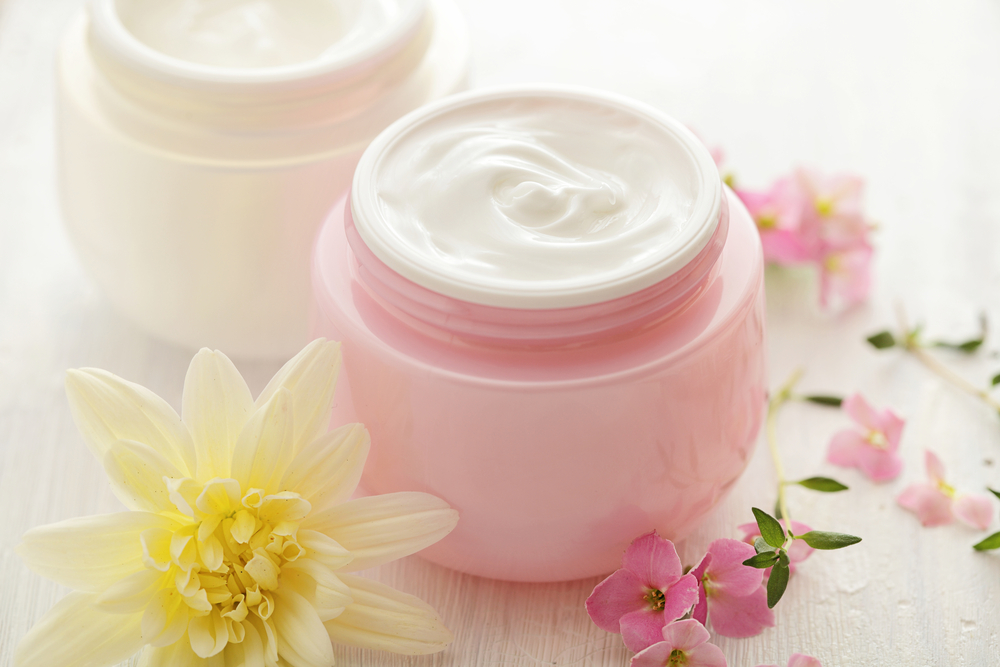Nanoparticles in sunscreen may harm marine life
Posted by ecostinger on 9th Sep 2014
One of the most recent studies that sunscreens containing nanoparticles of titanium dioxide (TiO2) and zinc oxide may react with sunlight and harm the phytoplankton which is a tiny plant found mostly on oceans, a microscopic form of algae, and beginning of food chain in oceans which sustain life cycle and is responsible for half of the oxygen produced by all plant life. It is an important source for marine animals like fish, shrimp, whales, dolphins… Spanish researchers working on the Mediterranean island of Majorca analyzed sea water samples to support that point.
Nanoparticles still one of the most pressing sunscreen, they provide strong sun protection but when nanoparticles are washed off skin they enter the environment and can cause serious problems for marine life.
Some studies found that titanium dioxide and zinc oxide in sunscreen both produce hydrogen peroxide when exposed to sunlight.
Nanoparticles found in American sunscreens are either titanium dioxide or zinc oxide. Zinc oxide is EWG’s first choice for sun protection. It is stable in sunlight and can provide greater protection from UVA rays than titanium oxide or any other sunscreen.
Researchers found that less than 0.01 percent of the zinc from either particle size entered the bloodstream and that titanium dioxide and zinc oxide nanoparticles do not reach viable skin cells they remain on the surface of the skin and in the outer layer of the skin but when nanoparticles succeed in forcing a way into the skin it may cause skin damage especially when energized by sunlight and the materials don’t penetrate deep enough in skin to reach living skin cells. Some manufacturers do not always use the best forms of nanoparticles in sunscreen or powder makeup.
Current sunscreen regulations do not ensure the safety and effectiveness of sunscreen minerals because the particle’s characteristics would maximize sun protection but minimize health risk.

